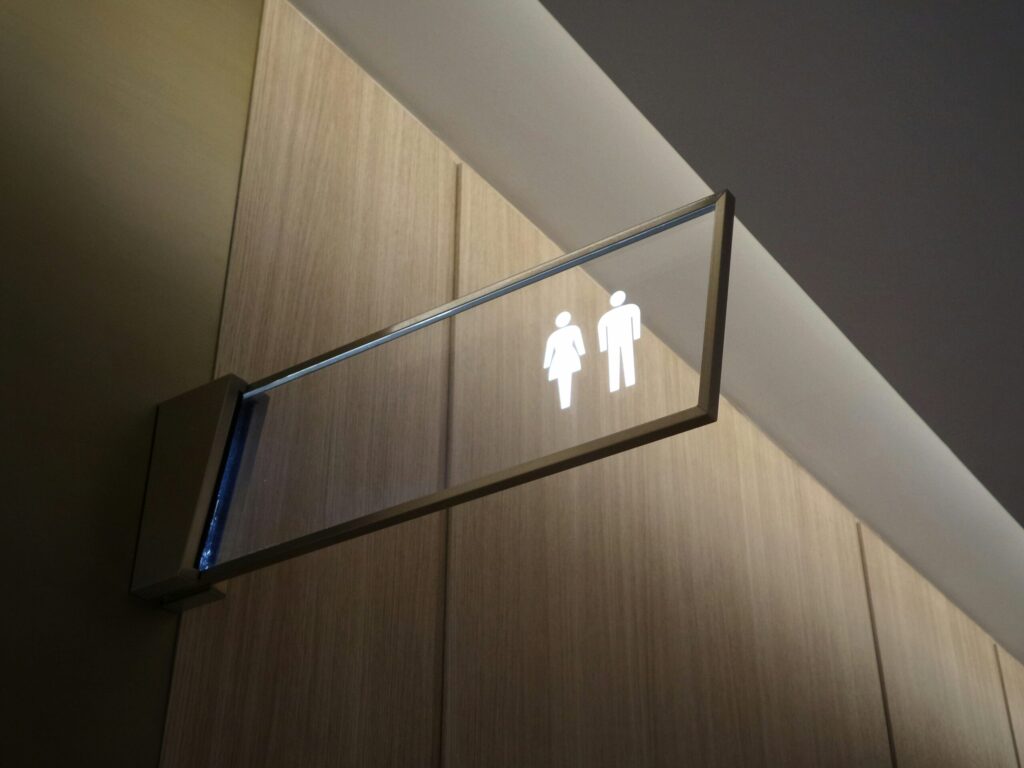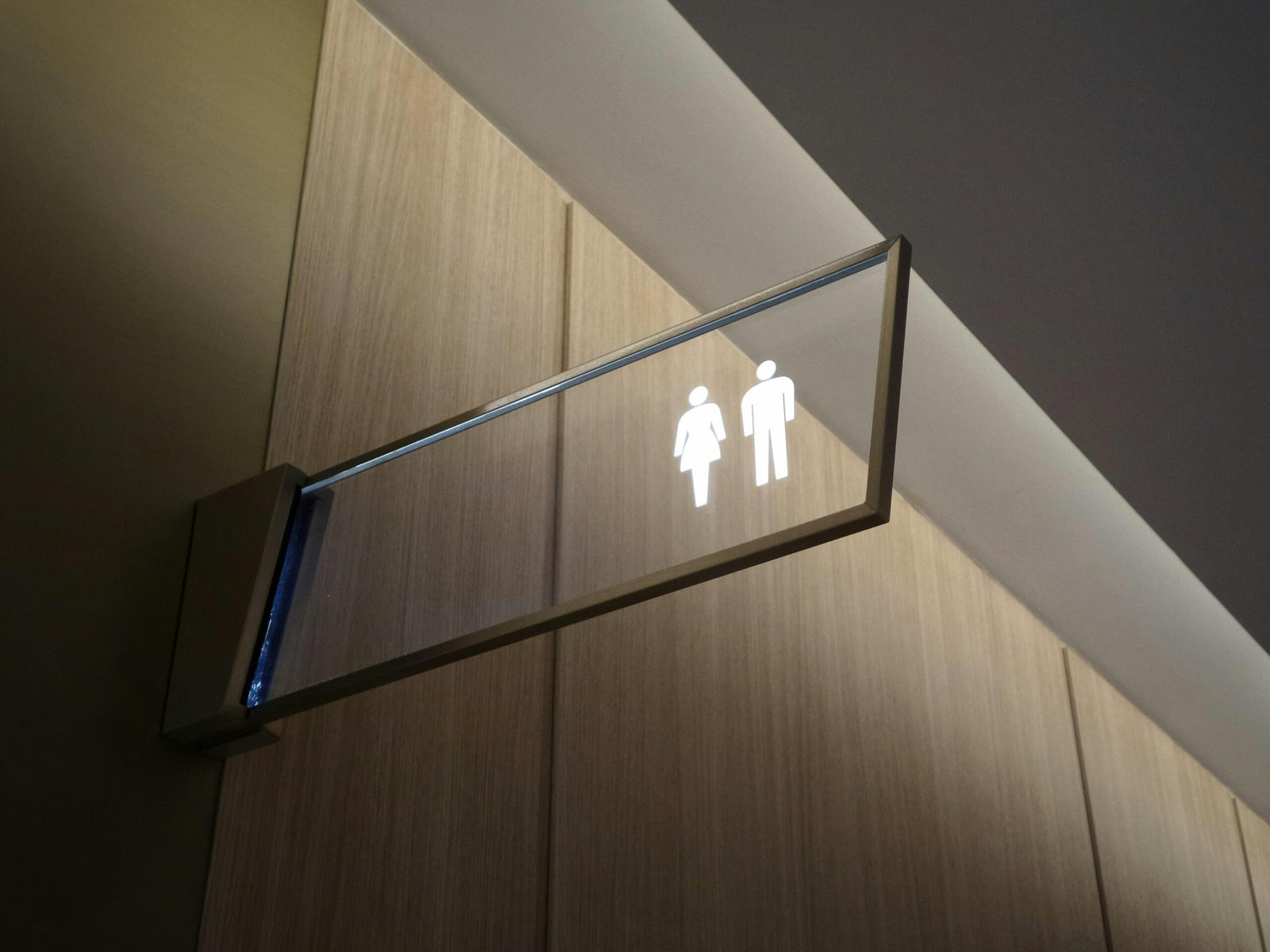It’s unlikely that you missed it… but the UK’s Supreme Court has recently delivered its judgment in For Women Scotland v The Scottish Ministers.
Since then, the Equality and Human Rights Commission (EHRC) has quickly distributed interim guidance for employers – but there remains legal uncertainties for employers.
What was the ruling?
In the case, the Supreme Court ruled that the definition of ‘sex’ in the Equality Act 2010 – the key legislation governing modern discrimination law – means biological sex at birth.
This means that:-
- A ‘woman’ is a biological woman or girl (i.e. a person born female)
- A ‘man’ is a biological man or boy (i.e. a person born male)
For the purposes of the Act, a trans woman is a biological man and a trans man is a biological woman. For the purposes of the Act, this does not change even if somebody identifies as trans, even if they have a Gender Recognition Certificate.
Trans people, with or without a Gender Recognition Certificate, remain protected under the protected characteristic of gender reassignment. They remain protected where they are discriminated due to perceived sex (as opposed to their trans status). There is wider protection under privacy rights (UK GDPR) and the right to respect for their private life (Article 8 of the ECHR).
What are the duties of employers for those who have protected characteristics under the Equality Act?
Employers have a responsibility to ensure that they:
- do not directly discriminate against people with protected characteristics;
- do not indirectly discriminate against people with protected characteristics; and
- take reasonable steps to prevent harassment, as defined under the Equality Act.
It is noteworthy that prevention of sexual harassment now extends to third parties, therefore the duty on employers is more burdensome. In any event, the same responsibilities extend to the employees under the vicarious liability laws, which may see liability for the wrongdoings of employees extend to the employers. Therefore everybody within an organisation has a duty to be aware and an act in accordance with Equality Act.
What about gender-recognition certificates (GRCs)?
Many would consider GRCs as legally recognised documents that carry a weight which demands consideration. This very frequently serves to intimidate employers who often feel pressured to buckle to the demands of the person bearing that GRC.
The court clarified that that GRCs are, in fact, irrelevant to the Equality Act given that they are confidential documents. For example, trans-people would not be expected to present this information but for very limited circumstances, mainly of an administrative nature, such as updating birth certificates, passports, and marriage certificates.
The court further clarified that a ‘full process of medical transition’ has no effect on a person’s sex as a matter of law, given that sex means biological sex.
Is there further guidance following this ruling?
Whilst it working towards providing full statutory guidance, the Equality and Human Rights Commission (EHRC) quickly provided an interim update on the practical consequences.
The interim guidance is non-statutory which means that courts and tribunals are not obliged to follow it. Nevertheless, it is likely to be useful for employers to some degree.
The interim guidance, recently published, outlined that:-
- In workplaces, it is compulsory to provide:-
- sufficient single-sex toilets
- sufficient single-sex changing and washing facilities where these are needed.
- Trans women (biological men) should not be permitted to use the women’s facilities and trans men (biological women) should not be permitted to use the men’s facilities, as this will mean that they are no longer single-sex facilities and must be open to all users of the opposite sex;
- In some circumstances the law also allows trans women (biological men) not to be permitted to use the men’s facilities, and trans men (biological woman) not to be permitted to use the women’s facilities;
- However, where facilities are available to both men and women, trans people should not be put in a position where there are no facilities for them to use;
- Where possible, mixed-sex toilet, washing or changing facilities in addition to sufficient single-sex facilities should be provided;
- Where toilet, washing or changing facilities are in lockable rooms (not cubicles) which are intended for the use of one person at a time, they can be used by either women or men
Commentary
Despite the legal certainty provided on the interpretation of the Equality Act, there remains considerable practical uncertainty for employers. Crucially, it is uncertain how employers should balance the legal requirement to ensure sufficient single-sex toilets, with the requirement not to discriminate on the basis of gender reassignment and the EHRC’s statement that “trans people should not be put in a position where there are no facilities for them to use”.
Therefore, there remains discrimination-related risk here. Further mixed-sex toilet facilities are not always available, and re-naming existing facilities for mixed-sex spaces may also fall foul of Health & Safety considerations. This is a complex area, but employers are advised to check that they are ensuring the right balance of facilities as applicable to the legal risks.
Disclaimer
This article is not intended to constitute legal advice, which should be sought from an appropriately qualified individual.


